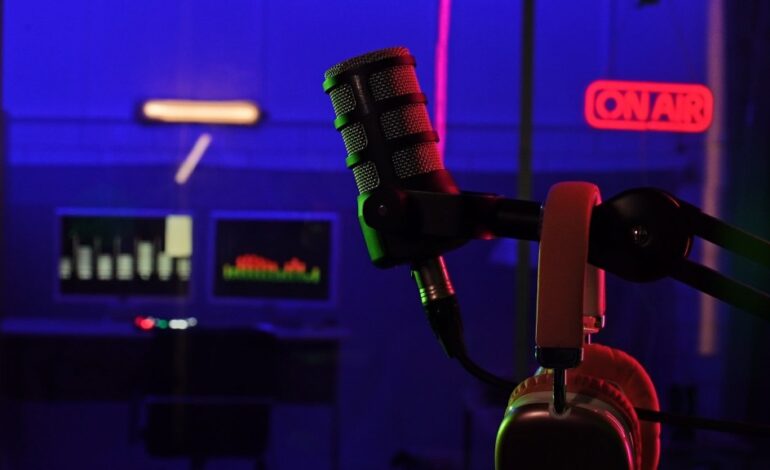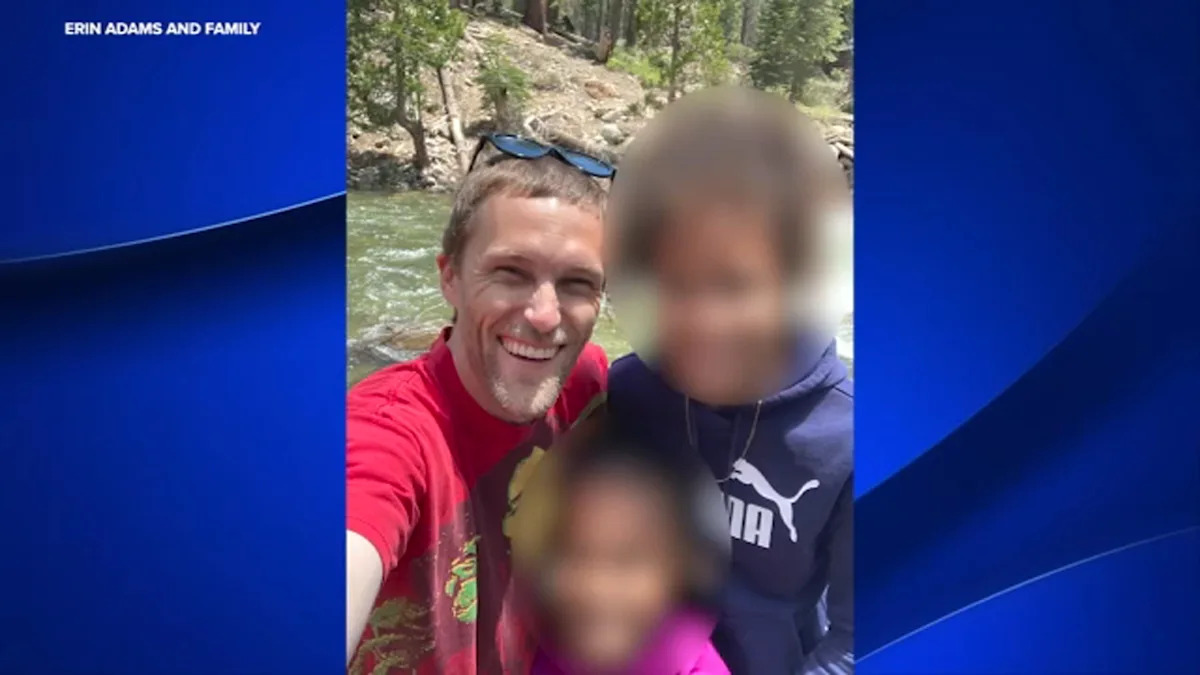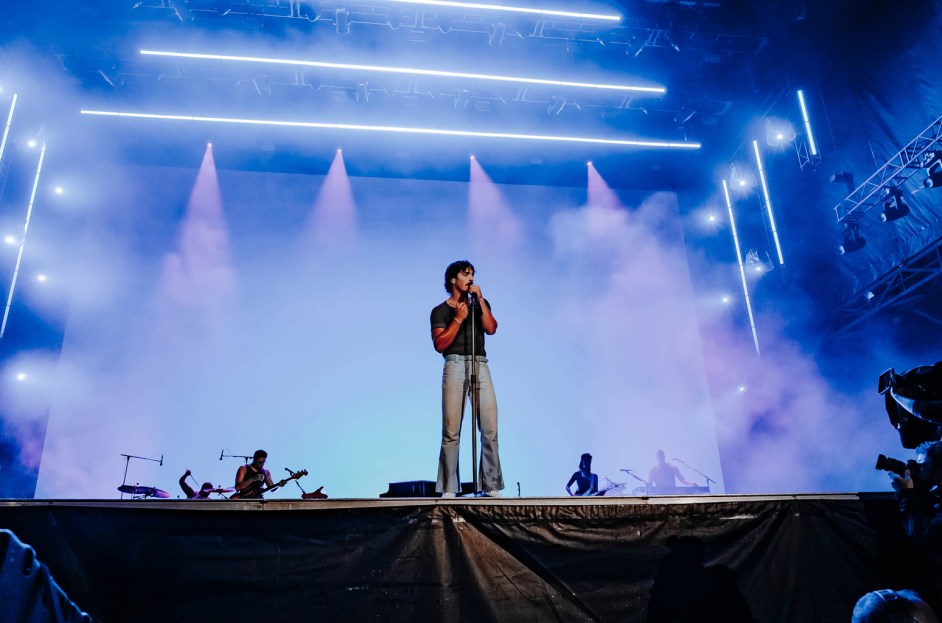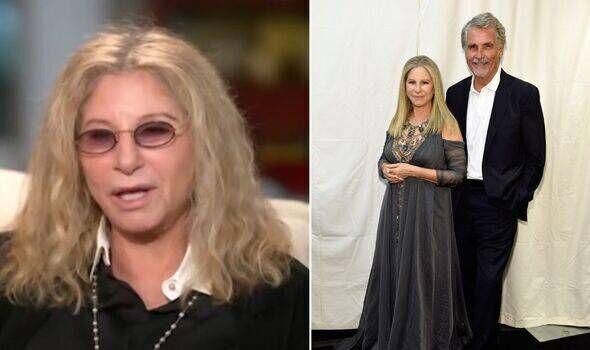Los Angeles Radio Community Remembers DJ Russ O’Hara

Friends and fans are mourning the loss of longtime Los Angeles-area DJ Russ O’Hara, who has reportedly passed away. Known for his smooth voice and engaging style, O’Hara was a staple on the airwaves, particularly during his time at the original KRLA (now KWVE, 1110 AM) between 1969 and 1993. His work also spanned various radio stations, including KGFJ (now KYPA, 1230 AM), KKDJ (now KIIS-FM, 102.7), KEZY (now KGBN, 1190 AM), and KROQ (106.7 FM). Born Russell Nealeigh in Glendale, California, O’Hara’s career took him from Santa Maria to San Bernardino and Palm Desert, as well as Tucson outside of California.
While details regarding the cause of his death remain unclear, fans can revisit some of his memorable broadcasts by searching for airchecks on platforms like YouTube and MixCloud.
Holiday Music Arrives Early on LA Airwaves
As the festive season approaches, holiday decorations have begun appearing in retailers, prompting some radio stations to start playing seasonal music. Saul Levine has taken the lead, launching holiday tunes on October 1 through the digital HD3 stream of KKGO (105.1 FM). While this service is said to be available online, some listeners have reported challenges in finding it. Levine has been contacted for further details.
Celebrating Milestones in Radio
In a different celebration, Brad Chambers, the founder of MartiniInTheMorning.com, marked 19 years of his adult standards online radio station. The event also celebrated Chambers’ milestone 70th birthday, featuring live performances at the Catalina Jazz Club in Hollywood on September 29. For those who missed the event, it has been recorded and is available as a pay-per-view on-demand file for $10 via the MITM website.
Meanwhile, the future of radio technology continues to evolve. During a recent visit to Arlington, Virginia, I tuned in to the all-digital AM frequency at 820 AM, known as WSHE in Frederick, Maryland. This station has been broadcasting in an all-digital format since 2018, utilizing the advanced MA3 standard of AM HD Radio.
Curiosity about this format led me to experience the digital signal firsthand in a car equipped with HD radio. The initial tuning process felt slightly delayed compared to traditional FM, but the resulting sound quality was impressive, rivaling that of FM broadcasts.
The program director of The Gamut, Dave Kolesar, revealed that their monthly audience fluctuates between 10,000 and 50,000, with a significant portion tuning in through the all-digital AM format. Despite discussing potential advertising opportunities, Kolesar noted that their operation is primarily driven by passion rather than commercial interests.
As the radio landscape continues to change, the legacy of figures like Russ O’Hara and the innovation seen in stations like WSHE highlight the enduring impact of this medium. For more insights or to share experiences, readers can reach out to Richard Wagoner at [email protected].





